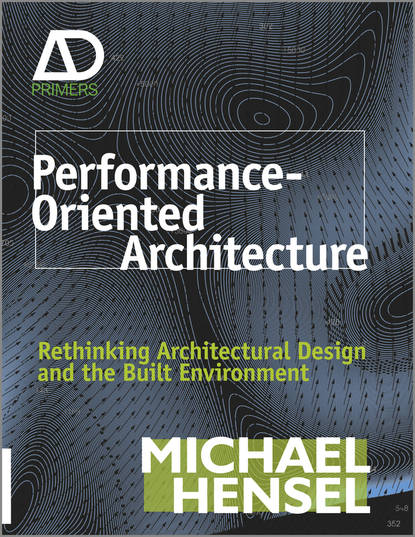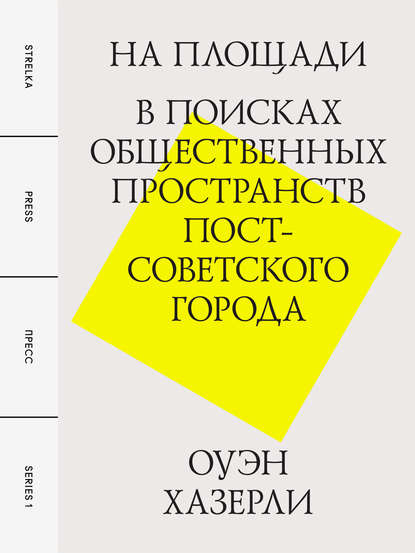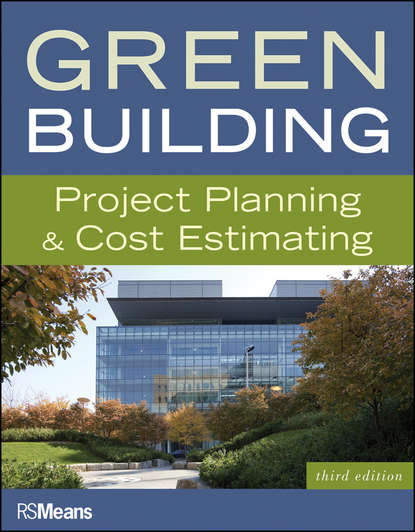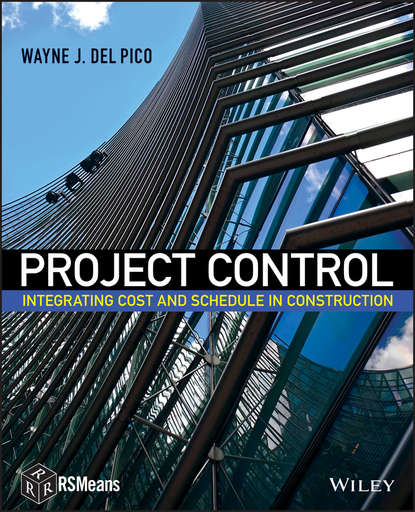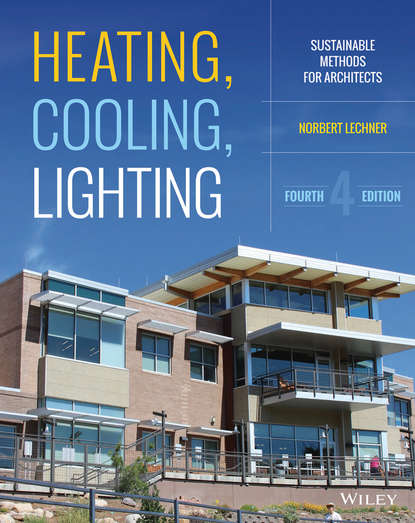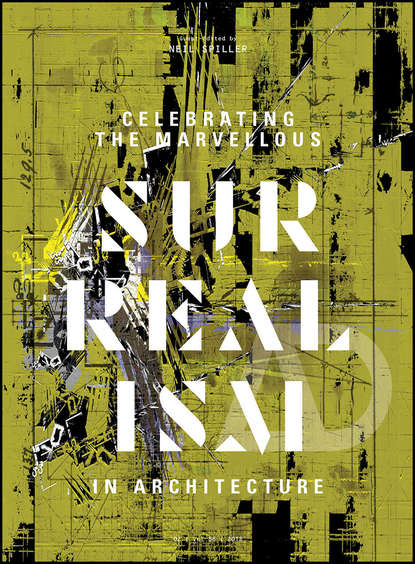Книга "Performance-Oriented Architecture. Rethinking Architectural Design and the Built Environment" описывает кризис в области архитектуры и предлагает совершенно новый подход к проектированию и строительству окружающей среды. Автор книги, известный архитектор и преподаватель Майкл Хенсел, отвергает традиционные конвенции в дизайне и построении, предлагая новый фокус на производительность. Этот подход не только связывает мир академии и практики, но также имеет далеко идущее влияние на производство знаний и развитие, ставя важный акцент на исследования в области архитектуры и междисциплинарный подход. Автор приводит множество примеров, от традиционных устойчивых зданий, таких как мост Кахджу в Исфахане и дворец Топкапы в Стамбуле, до более современных работ, таких как Cloud 9, Foreign Office Architects, Steven Holl и OCEAN, чтобы поддержать свой аргумент о том, как архитектура может быть в службе природной среды. Книга является важным вкладом в область архитектуры и окружающей среды и рекомендуется для всех, кто интересуется этой темой.
Michael Hensel, a renowned architect, addresses a crucial need to refocus thinking on our built environment - which has resulted in a paradigm shift in architectural thinking. Using the concept of performance as an organizing framework, this roadmap armory effectively integrates form with function to benefit nature and human health.
Если вы никогда не сталкивались с этой книгой, вот небольшой пересказ для вас: "Performance-Oriented Architecture" by Michael Hensel. Автор - известный архитектор, предлагает новый подход к архитектуре и проектированию зданий. В эпоху кризиса архитектуры все больше и больше разговоров ведутся в этом направлении. Текст открывает нам глаза на некоторые проблемы и недостатки в существующей практике проектирования, а также предлагает новую идею преображения архитектурного мира. Майкл Хенсел утверждает, что приоритет должен быть отдан не традиционным формам архитектуры, а ее способности выполнить некую функцию и одновременно оправдать свои цель и место в окружающей среде. Для построения эффективной архитектуры стоит использовать новую парадигму - "ориентированную на производительность". Текст подкрепляет свои слова множеством примеров, начиная от исторических зданий, таких как мост Каху в Исфахане или дворец Топкапи в Стамбуле, до современных проектовот "Cloud 9", Английского Офиса Архитекторов, Стивена Холла и "Ocean".
Электронная Книга «Performance-Oriented Architecture. Rethinking Architectural Design and the Built Environment» написана автором Michael Hensel в году.
Минимальный возраст читателя: 0
Язык: Английский
ISBN: 9781118570128
Описание книги от Michael Hensel
Architecture is on the brink. It is a discipline in crisis. Over the last two decades, architectural debate has diversified to the point of fragmentation and exhaustion. What is called for is an overarching argument or set of criteria on which to approach the design and construction of the built environment. Here, the internationally renowned architect and educator Michael Hensel advocates an entirely different way of thinking about architecture. By favouring a new focus on performance, he rejects longstanding conventions in design and the built environment. This not only bridges the gap between academia and practice, but, even more significantly, the treatment of form and function in design. It also has a far-reaching impact on knowledge production and development, placing an important emphasis on design research in architecture and the value of an interdisciplinary approach. Though ‘performance’ first evolved as a concept in the humanities in the 1940s and 1950s, it has never previously been systematically applied in architecture in an inclusive manner. Here Michael Hensel offers Performance-Orientated Architecture as an integrative approach to architectural design, the built environment and questions of sustainability. He highlights how core concepts and specific traits, such as climate, material performance and settlement patterns, can put architecture in the service of the natural environment. A wide range of examples are cited to support his argument, from traditional sustainable buildings, such as the Kahju Bridge in Isfahan and the Topkapí Palace in Istanbul to more contemporary works by Cloud 9, Foreign Office Architects, Steven Holl and OCEAN.
